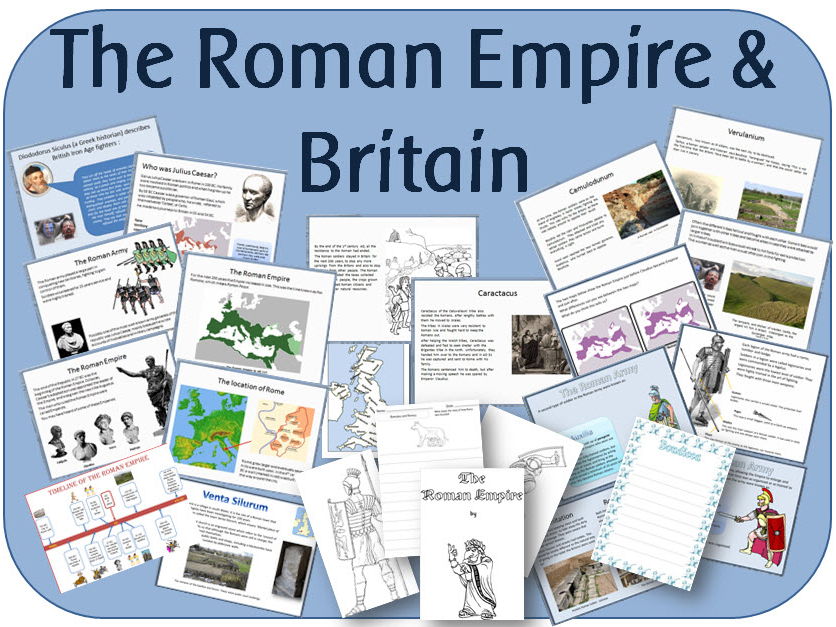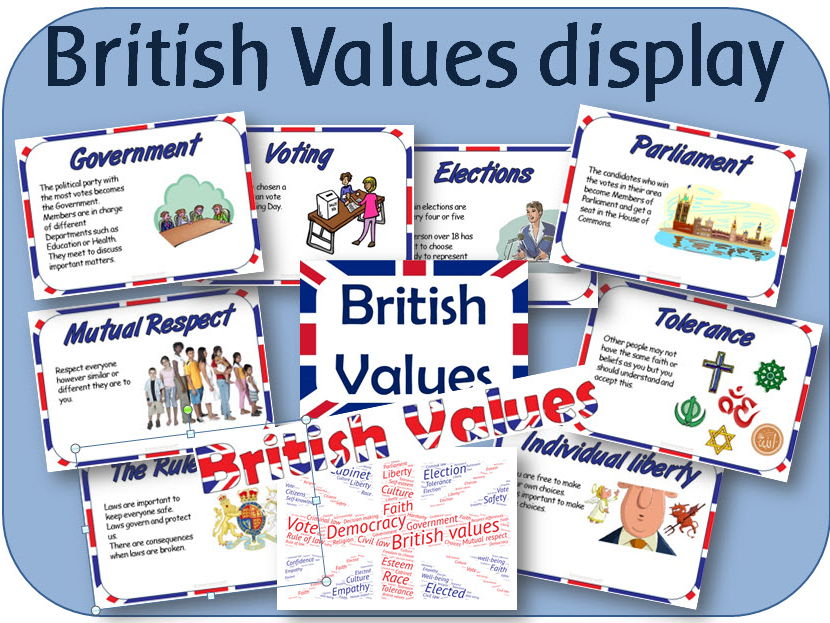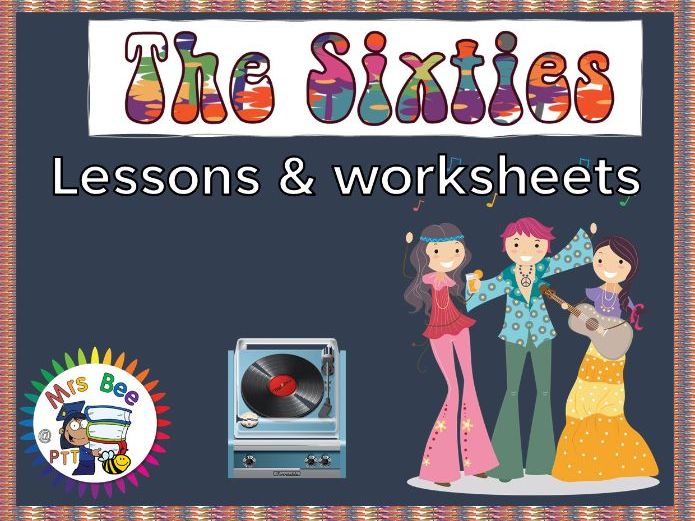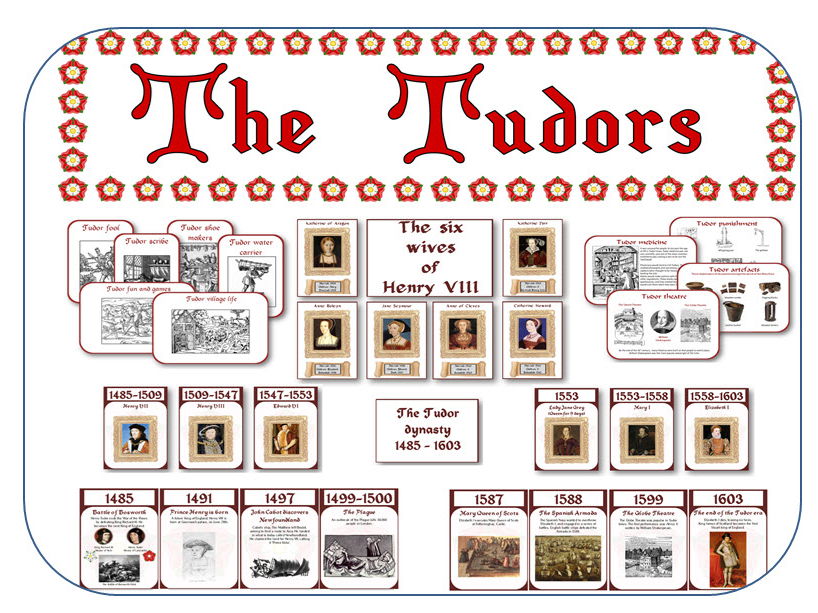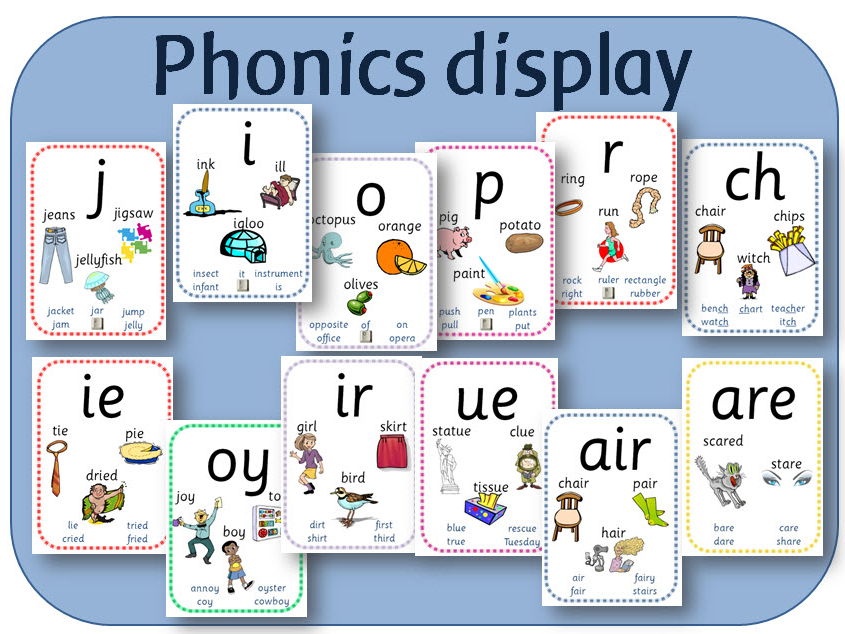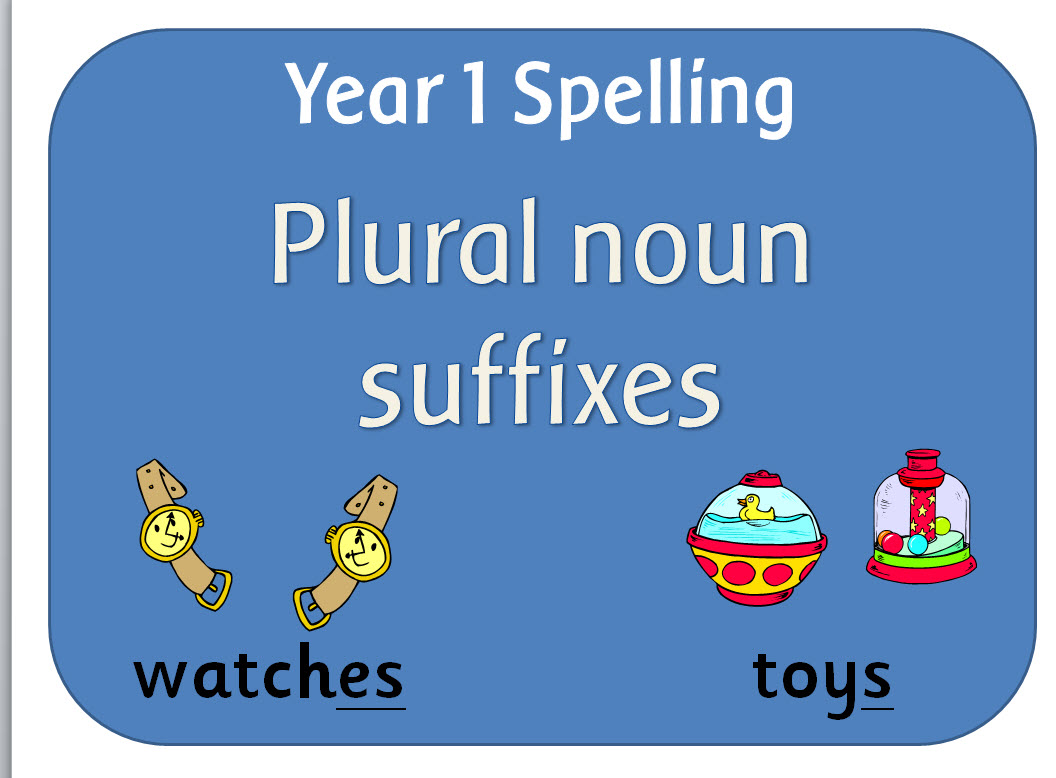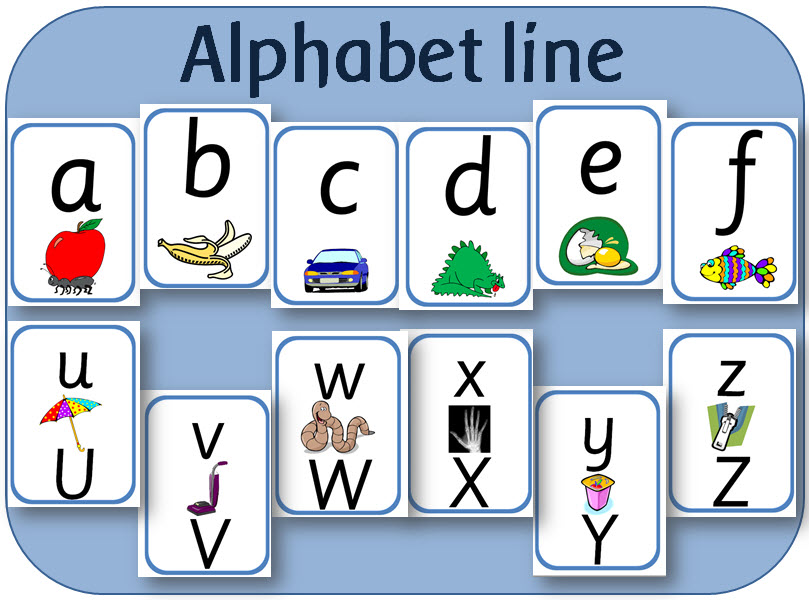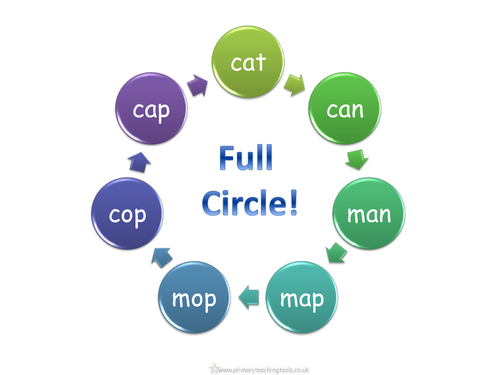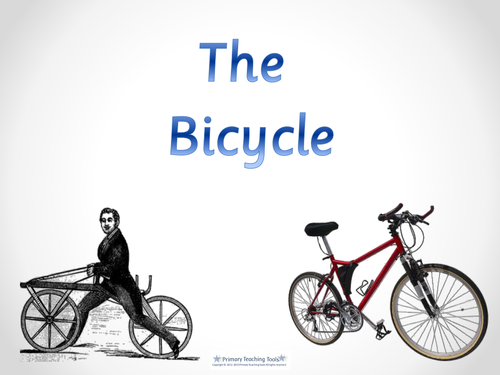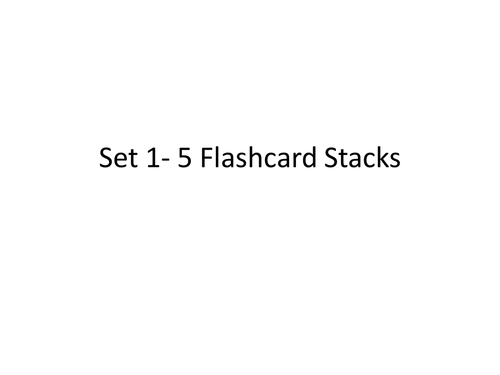
404Uploads
1082k+Views
687k+Downloads

The Sixties lessons and worksheets KS2 1960s history topic resources
A set of PowerPoint lessons to teach different aspects of life in the sixties, plus headings and worksheets. It is suitable for teaching children aged 8-11.
It includes:
INTRODUCTION TO THE 1960S - A short introduction explaining what a decade is and how many decades ago the Sixties were. Poses some questions for the children to think about, with a follow up activity.
SIXTIES DAILY LIFE - How people in the 1960s had ‘never had it so good’; Money - Explanation of pounds, shillings and pence with illustrations of the coins and notes; Shopping - how supermarkets started expanding, Green shield stamps, and food eaten in the Sixties; Transport - Expansion of motorways, popular cars, and air transport; Technology - Police call boxes, public telephones, telephones in the home, computers, computer games, the forerunner to the Internet, lasers, calculators. (25 slides)
SIXTIES SCHOOL LIFE - What it was like going to school in the 1960s. (10 slides)
SIXTIES KEY EVENTS - A timeline of events from around the world from 1960 to 1969, with three highlighted events in each year. (11 slides)
SIXTIES HOMES - New housing developments, tower blocks and older houses that needed modernising; How the washing and cleaning was done; Home fashions - kitchens, lounges, ornaments, and furniture; Television, and how it progressed over the decade. (14 slides)
SIXTIES FAMOUS PEOPLE - Neil Armstrong, Yuri Gagarin, Alfred Hitchcock, John F Kennedy, Jacqueline Kennedy, Muhammad Ali/ Cassius Clay, Mary Quant, Francis Chichester, Andy Warhol, and Twiggy. There is a page for each person, with a short description of what they are famous for. (12 slides)
SIXTIES FASHION - How fashioned changed from the beginning to the end of the decade and how it was influenced by music. (17 slides)
SIXTIES MUSIC - How people listened to music in the Sixties - records and record players; radios and Pirate radio stations, introduction of tape players, jukeboxes; Sixties music fans - Mods and Rockers, Skinheads and Hippies; Sixties bands and singers - The Beatles, Elvis Presley, Chubby Checker, Cliff Richard, The Beach Boys, The Rolling Stones, The Kinks, The Monkees, Jimi Hendrix, and the Woodstock Festival. There is a picture and description of each band / singer, and a their most popular hit of the Sixties. (21 slides)
SIXTIES TOYS - Pictures of popular Sixties toys, with short descriptions. (9 slides)
Plus a set of 11 worksheets with follow-up activities.
Some of the PowerPoints contain links to relevant videos though SafeShare T.v., which filters unwanted adverts from the clip. You may need to check that you can access this in school.
The links were checked before uploading, but if they stop working please feel free to contact me or email me: primaryteachingtools@gmail.com and I will update them.
This pack is an updated version of my previous Sixties pack.

The Tudors display pack
A set of Tudor display resources to print - posters, titles, banners, and borders.
Headings
Henry VIII Banner: Prints onto 2 A4 sheets, bordered with pictures of his wives.
The Tudors title: 3 versions - black lettering, red lettering, and embedded Tudor Rose lettering
The Tudors A-Z lettering: 2 versions, one with embedded with the Tudor Rose, the other with red lettering.
The Tudors Banner: 2 versions, one with text embedded with the Tudor Rose, the other with red lettering
'The Tudors' lettering to cut out: large lettering, fills 3 A4 pages.
Borders - for display boards
Henry VIII's wives border
Tudor rose border
Posters
The Tudors posters: 12 A4 posters:-
Tudor punishment
Tudor clothes for women
Tudor clothes for men
Tudor world map
Tudor British Isles map
Tudor surgery
Tudor medicine
Tudor houses
Tudor theatre
Tudor explorers (x2)
Tudor artefacts
Tudor woodcuts: 17 Tudor images made for illustrations in printed materials:-
Tudor house building
Tudor fish market
Tudor geographer
Tudor coin makers
Tudor warfare
Tudor fun and games
Tudor shepherds
Tudor hunting lessons
Tudor village life
Tudor beggar
Tudor fool
Tudor printers
Tudor water carrier
Tudor shoe makers
Tudor school punishment
Tudor scribe
Tudor engravers
The Tudor Monarchs: Six posters, each containing a Tudor monarch, with a picture and the dates they reigned, plus an A4 title 'The Tudor dynasty 1485 - 1603'.
The six wives of Henry VIII: Six posters each containing a wife, with the dates they were married, how many children they had, and when and how Henry got rid of them. Also contains a title.
The Tudors timeline: 24 pages of the main events that occurred between 1485 and 1603. The dates are displayed along the top so they can be placed along the wall in a timeline. Each event contains pictures and descriptions.
Tudor coat of arms: The coat of arms of Henry VII, Henry VIII, Mary I, and Elizabeth I.
The Tudor Rose: a large Tudor Rose to print
Activities
The Tudors A4 writing border
Tudor rose - black and white

Introduction to reading and writing sentences Y1 Year 1
These resources introduce the concept of a sentence and show how to write a sentence.
POWERPOINTS:
Introduction to sentences: Explains what sentences and punctuation are. It reinforces the importance of capital letters, full stops, question marks or exclamation marks, and spaces in-between words.
How to compose a sentence: Introduces the concept of sentence writing, and how the children should think about and then say the sentence before they write it down, remembering to read through and check their work when finished.
“I can” sentences: simple sentences for the children to read. The vocabulary gets progressively harder, from simple CVC words to using long vowel graphemes and blends.
Jake’s Full Stop: A story demonstrating how important it is to put full stops in the right places.
Picture sentences: Find the correct sentence out of four to match the picture.
Joining sentences with ‘and’: Demonstrates how text can become more interesting when ‘and’ is used to join sentences. Ends with sentences for the children to join with the word and.
Words that fit: Find the words that can be substituted in the sentence.
Sentence building: Jumbled up words that need arranging into sentences. Suitable for a class writing activity.
WORKSHEETS (PDF) - to accompany the PowerPoints
Worksheets: 15 different worksheets to accompany the lessons, including -
A checklist when writing sentences
Finish the ‘I can’ sentences
Write the words that fit
Write sentences about a picture
Punctuation story
Match the sentences
Cut and make a sentence
The worksheets are in both colour and black and white.
Some of the PowerPoints include a linked video to watch. This is a link shared through SafeShare T.V., a program that filters adverts and unwanted commercials from the clip. You may need to check if you can access this in school.
The links were checked before uploading, but if any don’t work, feel free to contact me.

History of Trains powerpoint
The PowerPoint is 55 pages long. It covers the history of trains from the first vehicle to be pulled on rails over 200 years ago; steam trains; the locomotive; the Rocket; diesel trains, through to the modern electric trains of today.
It is written in the style of a non-fiction book, with a contents page, index and glossary.
It would be suitable for upper KS1 or lower KS2 and can be used in a history topic or as a non-fiction book in English.

The Viking & Anglo-Saxon struggle for the Kingdom of England:powerpoints, worksheets, activities
A series of PowerPoint lessons, worksheets and activities to teach how the Vikings and Anglo-Saxons fought for the Kingdom of England up to the time of Edward the Confessor.
POWERPOINTS:
1) ANGLO-SAXON ENGLAND AD 780
Life in in England before the main arrival of the Vikings towards the end of the 8th century / How the Anglo-Saxons lived / How the towns were structured / The importance of the monks.
2) VIKING RAIDS AND INVASIONS AD 797 - 783
Timeline / Introduces the Anglo-Saxon Chronicle as evidence / The first known attack on Britain by the Vikings / The second attack on Lindisfarne/Holy Island / Viking longships / Viking warriors and equipment / Beginning of Viking settlement in England
3) THE VIKINGS SETTLE & ALFRED FIGHTS BACK AD 866 - 927
Viking invasions and settlement / The Heathen Army / York / King Alfred / Guthrum / Danelaw / Alfred the Great and his fight against the Vikings / Edward the Elder / Athelstan / The Battle of Brunanburh
4) VIKING DAILY LIFE
Family life / Clothing / Homes / Daily life / Viking law / Music / Food / Sport / Arts and crafts / Viking beliefs, Asgard and gods, days of the week named after Viking gods / Viking burials
5) ATHELSTAN, ETHELRED AND ANGLO-SAXON LAWS AD 927 - AD 991
Athelstan and government of England / The Witan / Hundreds / Moots / Reeves / Laws / / Punishments / Wergild / Ethelread the Unready
6) THE RETURN AND END OF THE VIKINGS AD 991 - 1066
Further Viking raids / St. Brice's Day massacre / Sweyn Forkbeard / King Canute / Edward the Confessor / Harold Godwinson / William the Conqueror / The Battle of Hastings / The end of the Viking era
7) LOOKING AT EVIDENCE
Place names / Viking sagas / Anglo-Saxon Chronicles / Surnames and DNA / The Bayeux Tapestry / Archaeology / Treasure discoveries / Runestones
RESOURCES TO PRINT (pdf): Most sheets are open-ended worksheets, with an image and lines for research, reports etc.
What I already know about the Anglo-Saxons and Vikings
What I would like to find out about the Vikings
The arrival of the Vikings
The Vikings attack the monasteries
Danelaw
King Alfred the Great
The Heathen Army
The Treaty of Wedmore
Viking daily life
Anglo-Saxon laws
Athelstan
Ethelred the Unready
Battle of Hastings
Battle of Stanford Bridge
Death of King Harold
Edward the Confessor
King Harold
The Vikings return
Bayeux Tapestry
Viking place names
Viking runes
Topic covers x 3
Viking ships
Viking warriors
Writing border - Edward the Confessor
Writing border - Viking ship
Plus a copy of the Anglo-Saxon Chronicle (in Word)
Vikings & Anglo-Saxons medium term adaptable plan, with web links.

The Stone Age, Bronze Age and Iron Age display pack: Posters headings timelines banners headings
STONE AGE DISPLAY:
A4 title
A-Z lettering in a stone background
The Stone Age banner
Stone Age timeline
Stone Age artefacts
Stone Age border for display boards
BRONZE AGE DISPLAY:
A4 title
A-Z lettering in a bronze background
The Bronze Age banner
Bronze Age timeline
Bronze Age artefacts
Bronze Age border for display boards
IRON AGE DISPLAY:
A4 title
A-Z lettering in a metallic iron background
The Iron Age banner
Iron Age artefacts
Iron Age border for display boards

Phonics flashcards
A set of 76 phonics display/flashcards to use in KS1.
There are 2 A5 cards on a page. Each card contains pictures and a list of words including the relevant common exception words for Year 1.
The first set contains the letters of the alphabet.
The second set contains the consonant digraphs and vowel digraphs and trigraphs in the Y1 Spelling appendix.
The third set contains extra graphemes identified in the Letters and Sounds phonics programme.

KS1 KS2 history topic: Titanic display pack
Printable Titanic display resources, including heading, word / help mat, lettering, Titanic images, and vocabulary.
TITANIC LETTERING - This lettering is to cut out for display. 'THE TITANIC' is written out, plus there are all upper and lower case letters and numbers included so that you can print out whatever you need to personalise your display.
TITANIC HEADING - Prints onto an A4 sheet.
WORDMAT - An A4 help mat for the children to refer to during the topic with pictures and vocabulary
NEWSPAPERS, POSTERS AND MEMO - To print out for display
TITANIC IMAGES - Old photographs of the Titanic for display
TITANIC VOCABULARY - 3 words per A4 sheet, includes: Officer, Captain, steward, passengers, crew, voyage, deck, stern, bow, starboard, port, hull, oars, anchor, porthole, crow's nest, shipwreck, lifejacket, wreckage, lifeboat, iceberg, radio, newspaper, debris field, plus some of the crew involved in the maiden voyage. Each word is accompanied by a picture and definition / description.

SPaG Year 3 & 4 Spelling: The /k/ sound spelt ch
Resources to teach the spelling guidelines for words with the /k/ sound spelt ch
POWERPOINT:
The /k/ sound spelt ch: Explains that these type of words come from the Greek language. It gives examples of the most common words with this grapheme, then ends with a writing activity.
PDF (PRINTABLE) RESOURCES
Look Write Cover Check: For spelling practice
Ch for the k sound worksheet
Ch for the k sound picture worksheet
Wordsearch
Although every effort has been made to check wordsearches for unintentional inappropriate words, it is recommended that teachers double check them before giving to children.
TEACHER RESOURCES
Word list
Adaptable outline plan

The Rainforest - powerpoint lessons and activities
Series of lessons looking at where the rainforests of the world are, what they are like, their climate, flora and fauna, with a case study of the Amazon Rainforest.
INTERACTIVE WHITEBOARD RESOURCES (POWERPOINTS)
Rainforest introduction: A beginning to the topic, asking what children already know. It shows where all the world’s rainforests are located on a map, and describes the four main areas where rainforests grow. It explains the definitions of a tropical rainforest, and how it differs from a temperate rainforest. It ends with questions.
Rainforest climate: Explains the difference between climate and weather, and looks at world climate zones, and what they are called. It describes temperature, rainfall and humidity in tropical rainforests.
Rainforest plants: Looks at, and explains the different layers that grow in a rainforest. It explains plant adaptations, with questions on how different plants have adapted to living in the rainforest.
Natural resources in the rainforest: Looks at the different natural resources that are found in rainforest areas, such as palm oil, wood, the cacao tree, the rubber tree, and medicines. It explains their uses in a global society.
Saving the rainforest: Explores all the different reasons why the rainforest is disappearing - logging, settlement, agriculture, cattle rearing, road building, and extraction of natural resources. Discusses why it is important to save the rainforests, and what could happen if they disappear. It looks at different viewpoints - governments, companies, inhabitants, and the global community. It explains what is being done to save the rainforests, and what we can do to help.
The Amazon Rainforest: Locates the Amazon Rainforest, river, and basin on maps, and shows the different countries that the Amazon rainforest spans. Looks at the history of the rainforest, the people who live there, and the animals. Explains interdependence, and how important plants and animals in the rainforest are to each other. It explains the current threats to the rainforest, and why it is so important to the rest of the world.
PRINTABLE WORKSHEETS (PDF)
Locating the rainforests: A blank world map, for the children to locate the rainforests.
Rainforest layers: Drawing of the layers in the forest for the children to label and describe.

Transport topic - the history of cars - powerpoints
5 powerpoints looking at the history of the wheel, the horse and cart and the development of the modern day car.
Walking : The earliest form of transport. why people went on journeys.
Horse and cart: Transport before the railways and canals - looks at dirt tracks, Roman roads, Macadam roads, Stagecoaches, Omnibuses, and horse riding.
Invention and history of the car: A detailed look at the development of the car, from steam engines and the internal combustion engine, to modern cars of today. Looks at different eras in car manufacture - the Brass Era, Vintage Era, and the Classic car.
History of the Wheel: The earliest types of wheel; the spoked wheel, and other wheel inventions.

SPaG Year 1 Spelling: Adding s and es to words (plural of nouns and third person singular of verbs)
A set of resources to teach the guideline/rule in the Spelling Appendix: If the ending sounds like /s/ or /z/, it is spelt as –s. If the ending sounds like /ɪz/ and forms an extra syllable or ‘beat’ in the word, it is spelt as –es.
4 POWERPOINTS:
Introduction to regular plural noun suffixes: Explains what singular and plural is, and when to add s or es to nouns.
Regular suffix s and es sentences: Gives the spelling rule, if the ending sounds like /s/ or /z/, it is spelt as s. If the ending sounds like /ɪz/ and forms an extra syllable or ‘beat’ in the word, it is spelt as es. It gives examples of different types of words with these endings and ends with sentences for children to think of the missing plural word.
s or es quiz: Interactive quiz where the children have to choose between adding s or es.
ACTIVITIES:
Adding s or es worksheet: A list of words to make plural.
Show me cards - s or es
WORD:
Outline adaptable plan
List of words with plurals and verbs ending -es

The Inuit - powerpoint and heading
The powerpoint covers the following:
Who are the Inuit?
Traditional Inuit homes
Modern Inuit homes
Modern villages
Traditional Clothing
Modern Inuit Clothing
Inuit food
Inuit art
Inuit tools
Seals
Fish
Hunting
Whales
Language
Inuit travel - on land and sea

Alphabet line / frieze for display with lower and upper case letters
This set contains 26 alphabet flashcards in lower case and 26 in upper and lower case, both in Sassoon Primary font, with pictures matching each initial letter sound.
There are also alternate lower case letters for f and k, plus ck, ll, ff, ss and zz.
There are 2 cards per A4 page for you to print as many times as you like.
They can be used as flashcards, for an alphabet frieze or other display work.

Mountains KS2 geography topic - powerpoint lessons
A pack of powerpoints and printable maps- includes mountain facts, climates, tourism, mountain environments, and the 7 continent summits.
POWERPOINTS
What and Where are mountain environments
An introduction to the topic, showing photographs of different environments for the children to identify physical features. Introduces mountains, and mountain ranges; and locates the main areas on a world map.
Mountains in the UK
Shows a map of different mountain ranges in the UK, and gives a description of the 4 highest mountains in Scotland, Wales, England and Northern Ireland. It ends with a task.
Mountain areas of the world
Shows the location of the main mountainous areas in each continent and describes the Seven Continent Summits in a fact-file style. It ends with a task.

Subordination and co-ordination powerpoint, worksheets and posters: SPaG Year 2 Sentence
A PowerPoint lesson explaining what subordination and co-ordination are with accompanying worksheets and posters, designed to teach the Y2 Sentence objectives.
The set contains:
POWERPOINT:
Subordination and coordination
A 7 page PowerPoint explaining how to connect sentences and clauses using subordination (when, if, that and because) and co-ordination (using or, and or but.)
It gives examples of how to use them in sentences then gives sentence starters for the children to complete using the words above.
ACTIVITIES / WORKSHEETS:
Co-ordination writing sheets x 4: Each sheet has a different picture. The children have to write sentences using the words and, but and or.
Subordination worksheets x 4: Each sheet has a different picture. The children have to write sentences using the words when, if, that and because
DISPLAY:
Two posters explaining subordination and co-ordination with examples and a heading.

Vocabulary, grammar and punctuation school assessment Years 1 - 6
A set of materials to assess Appendix 2 for Years 1 to 6 in the English curriculum 2014. It contains a booklet for individual assessment and also class recording sheets.

Phase 2 Letters and Sounds phonic resources: Full circle powerpoints and display
6 presentations/ printable files showing full circle words.

